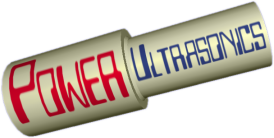Ultrasonic welding is generally a clean, fast and reliable method of joining plastics but in some cases other joining methods should be considered, particularly if the limitations of ultrasonic plastic welding make it unsuitable for a particular application. Here some other (non-ultrasonic) techniques are listed along with their likely advantages and disadvantages compared to ultrasonic welding.
Method |
Advantages |
Disadvantages |
Mechanical fasteners |
|
|
Adhesive bonding |
|
|
Spin welding |
|
|
Vibration welding(low frequency) |
|
|
Hot plate welding |
|
|
